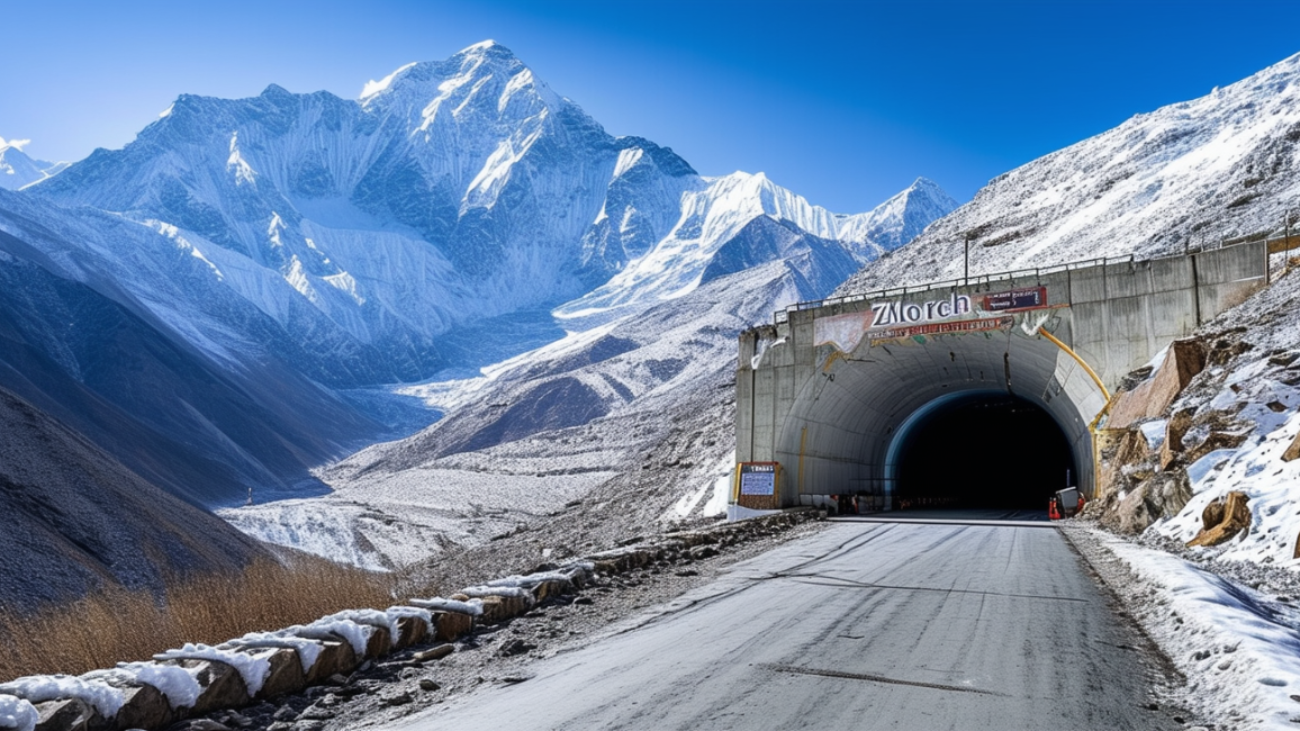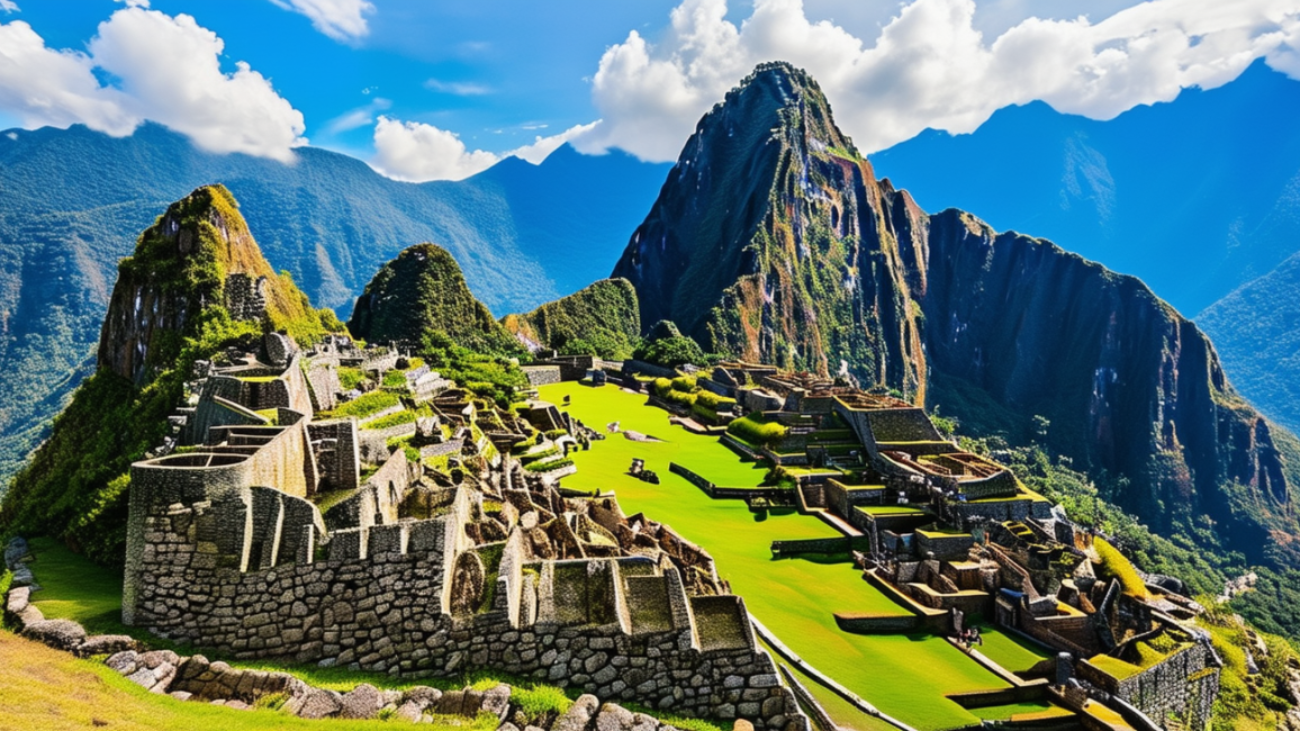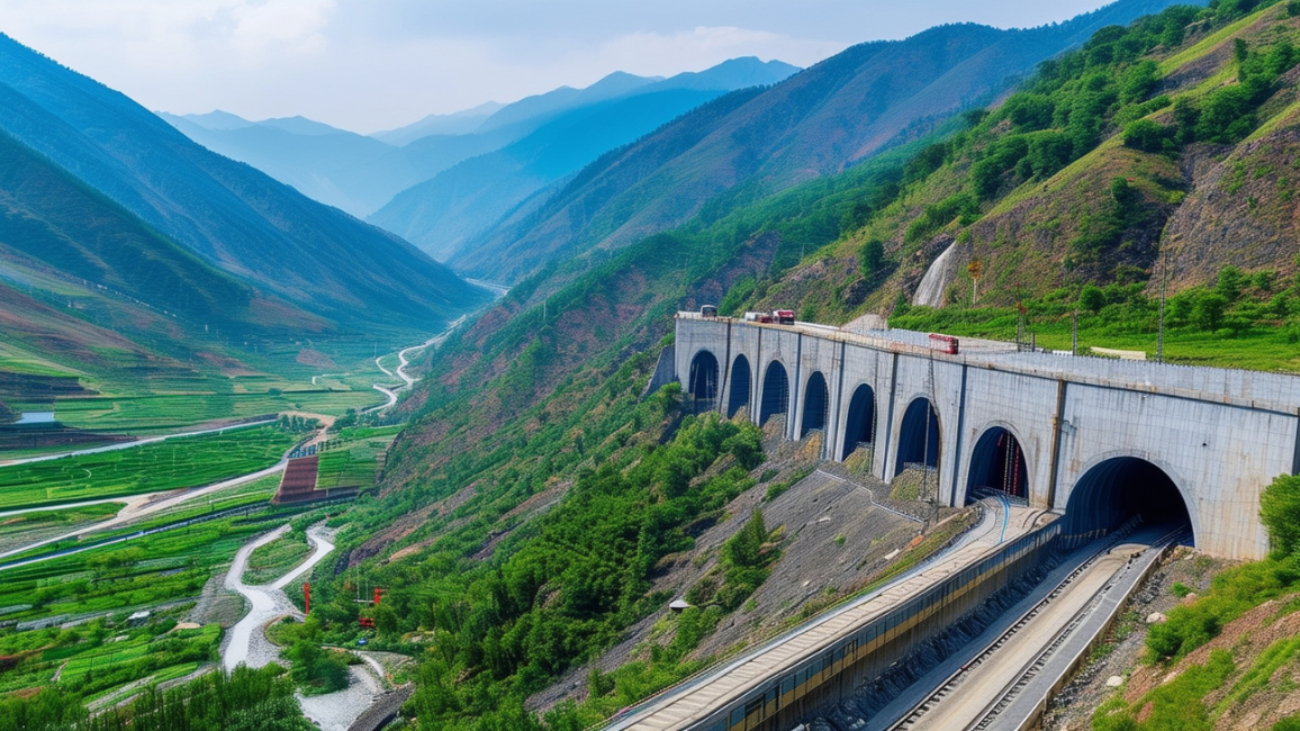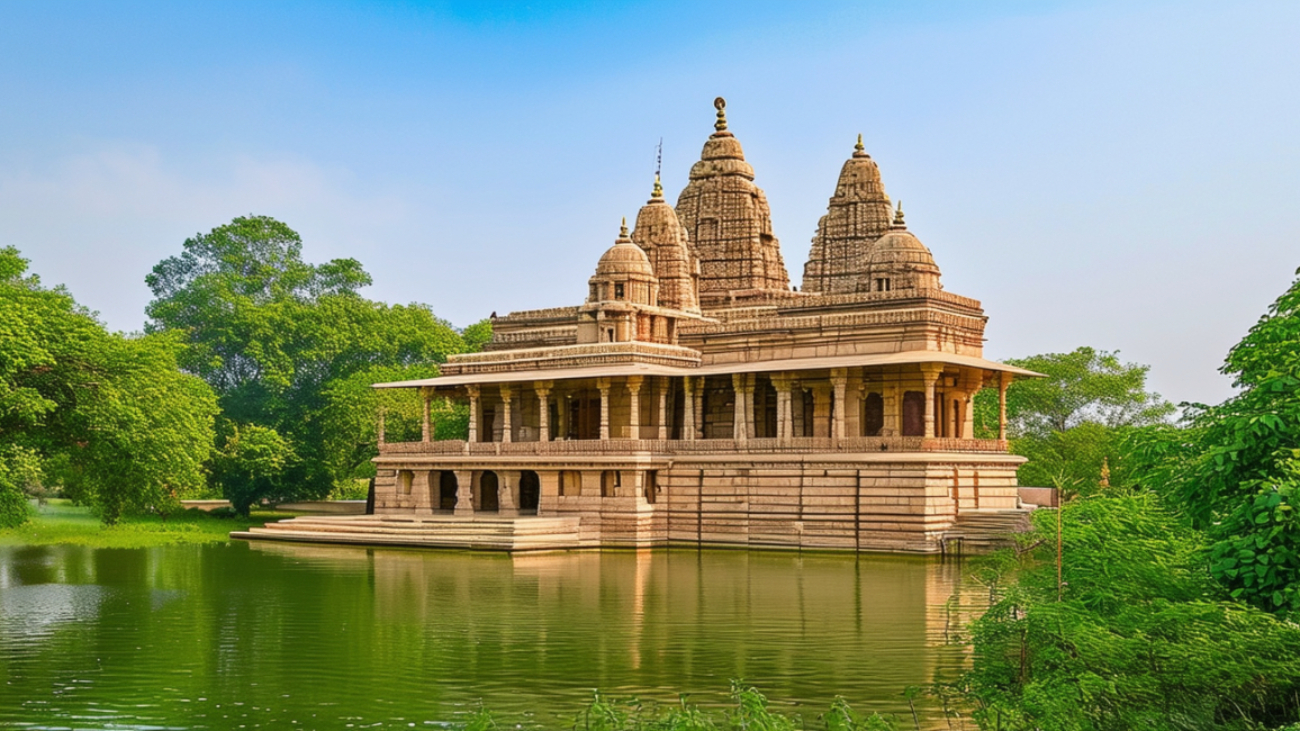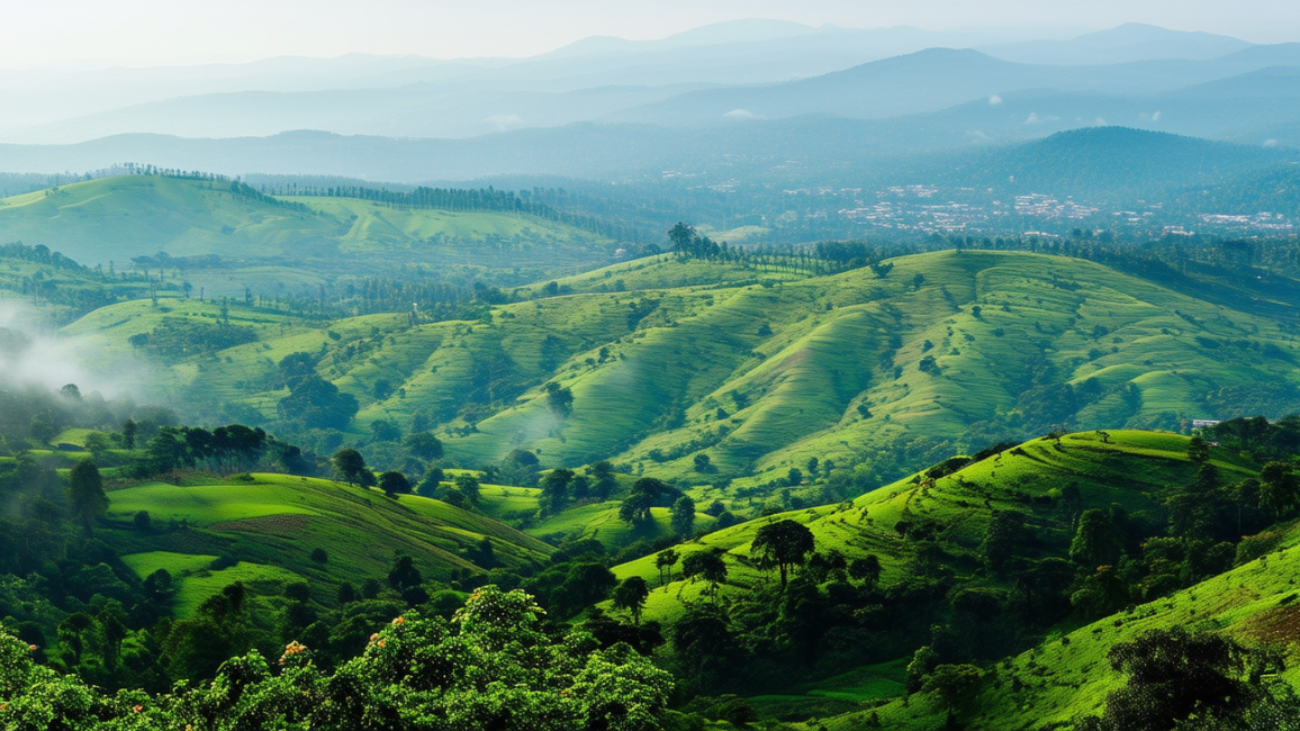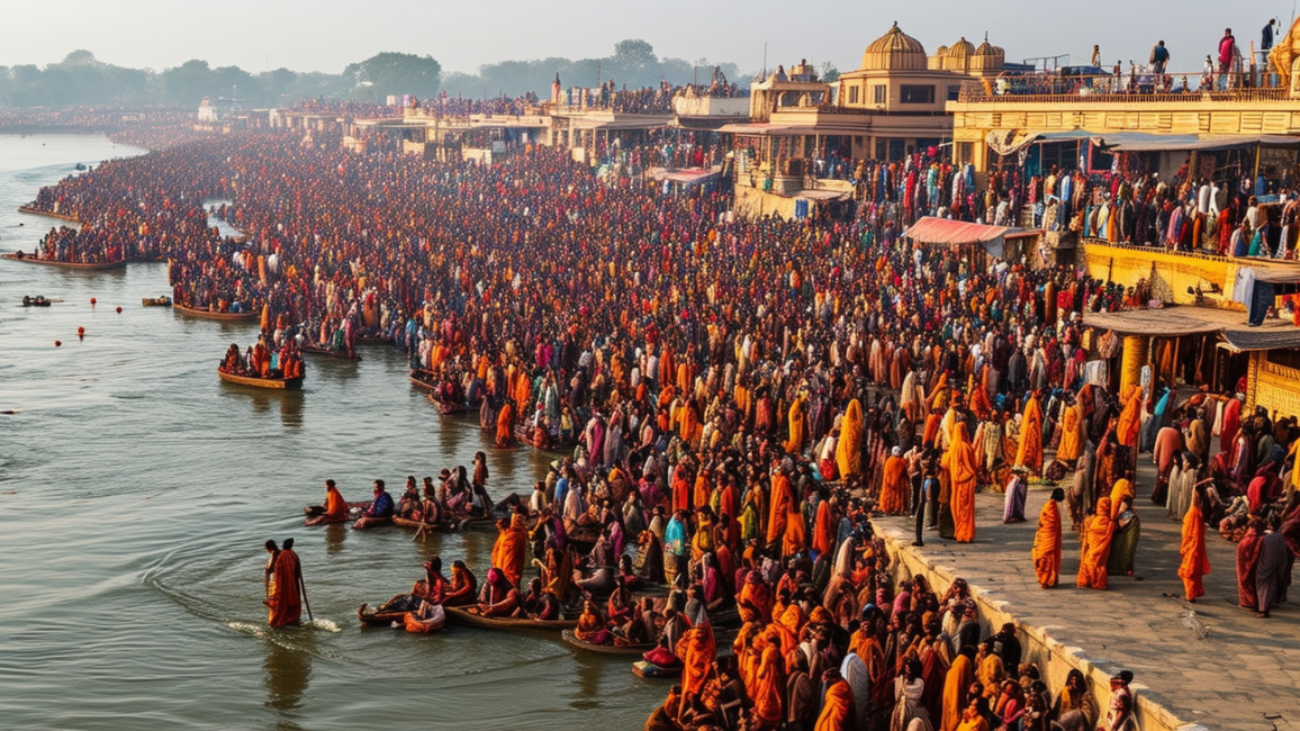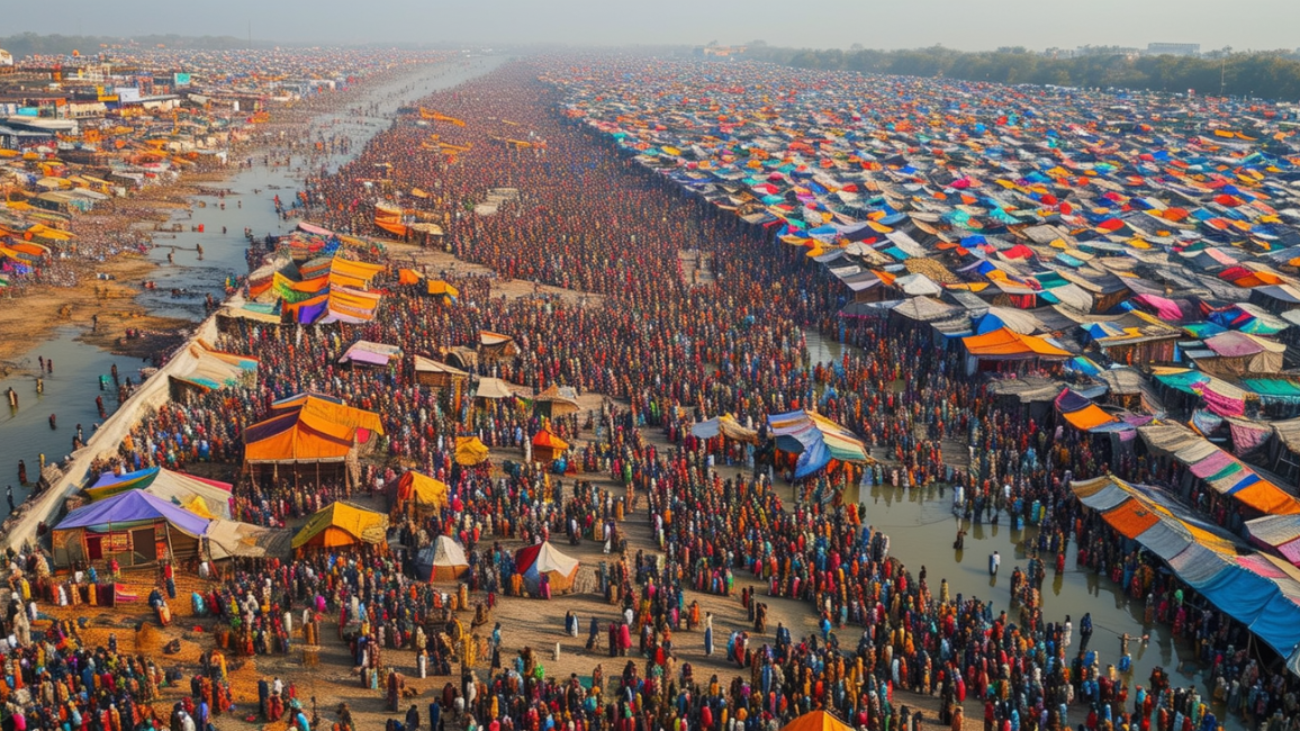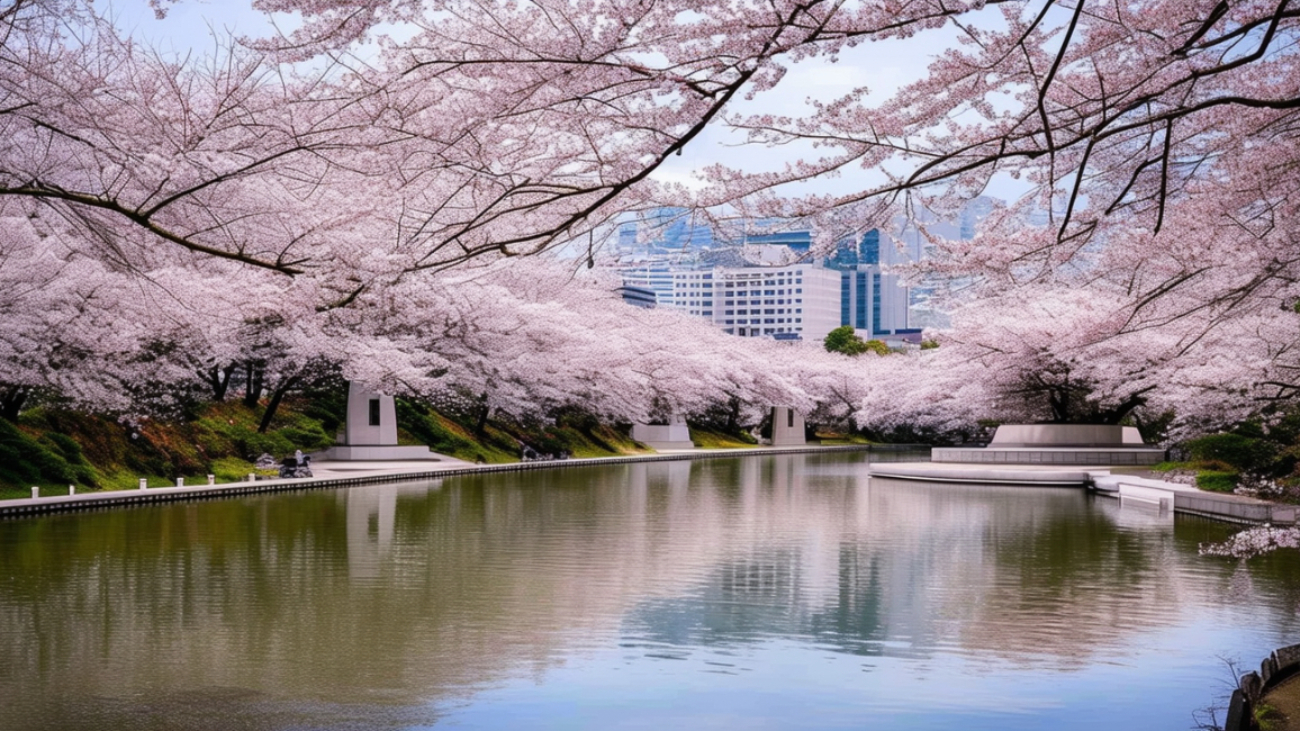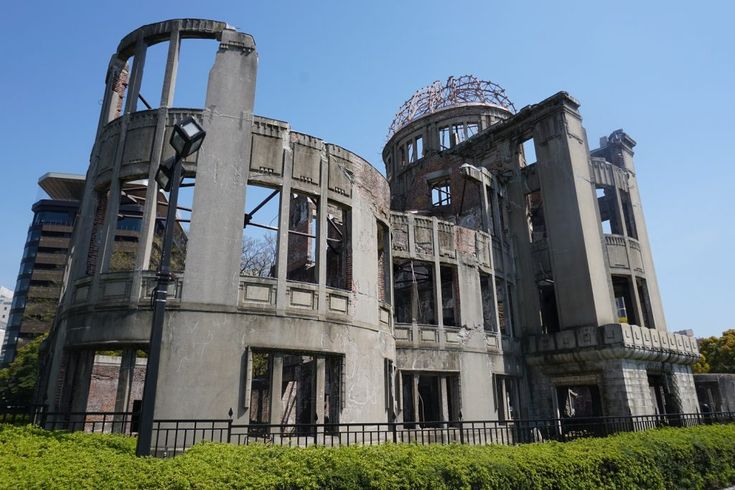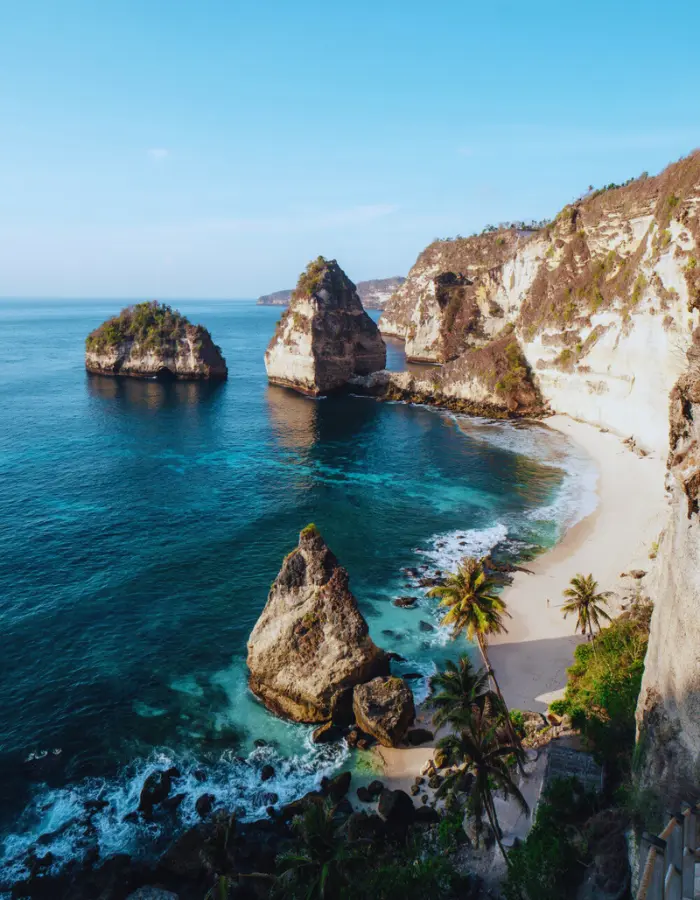Nestled in the lap of the Himalayas, Himachal is a picturesque hill station that offers a Top Dalhousie Sightseeing Places You Must Visit, rich history, and vibrant culture, making it a must-visit destination.
Explore the Scenic Beauty of Khajjiar (Top Dalhousie Sightseeing Places You Must Visit)

Often referred to as the ‘Mini Switzerland of India, Khajjiar is a mesmerizing meadow surrounded by dense forests and snow-capped mountains. The lush green grasslands, combined with a serene lake at the center, make it a perfect spot for picnics and leisurely strolls.
Adventure enthusiasts can indulge in activities like zorbing, paragliding, and horse riding, while nature lovers can simply soak in the breathtaking scenery.
Discover the Historical Charm of St. John’s Church

Built in 1863, St. John’s Church is the oldest church in Dalhousie, showcasing beautiful British-era architecture. The church’s stained-glass windows and tranquil atmosphere make it a peaceful retreat for visitors.
Situated near Gandhi Chowk, this historical site is a reminder of Dalhousie’s colonial past and is a must-visit for history buffs and architecture enthusiasts.
Unwind at the Tranquil Panchpula Waterfalls
Panchpula, meaning ‘Five Bridges,’ is a scenic spot known for its cascading waterfalls and lush greenery. It’s an ideal location for a day trip, offering visitors a chance to relax and enjoy nature.
The serene environment, combined with the sound of flowing water, provides a perfect setting for meditation and relaxation. There are also several small eateries nearby where you can savor local snacks.
Take a Stroll Through the Quaint Streets of Gandhi Chowk
Gandhi Chowk, also known as GPO, is the bustling heart of Dalhousie. The area is lined with quaint shops, cafes, and street vendors, offering a variety of local handicrafts, souvenirs, and delicious food.
Walking through Gandhi Chowk gives you a glimpse into the local culture and lifestyle, making it a perfect spot for a leisurely evening stroll and some shopping.
Marvel at the Majestic Views from Dainkund Peak

Dainkund Peak, the highest point in Dalhousie, offers panoramic views of the surrounding valleys and the distant Pir Panjal mountain range. The trek to the peak is relatively easy and takes you through dense forests and lush meadows.
At the summit, you’ll find the Pholani Devi Temple, where you can take a moment to offer prayers and enjoy the stunning vistas. The peak is also known for its picturesque sunsets, making it a favorite spot for photographers.
Best Time to Visit
The best time to visit Dalhousie is from March to June and from September to November. During these months, the weather is pleasant, making it ideal for sightseeing and outdoor activities.
Winter, from December to February, is also a good time for those who wish to experience snowfall and enjoy winter sports.
How to Get There
Dalhousie is well-connected by road, rail, and air. The nearest airport is in Pathankot, located about 85 kilometers away. From the airport, you can hire a taxi or take a bus to Dalhousie.
Pathankot also has the nearest railway station, which is well-connected to major cities in India. Buses and taxis are readily available from Pathankot to Dalhousie, making the journey convenient.
Adventure and Activities
Dalhousie offers a range of adventure activities for thrill-seekers. From trekking and camping in the nearby hills to paragliding and zorbing in Khajjiar, there’s something for everyone.
You can also go for river rafting in the Ravi River or enjoy a peaceful boat ride on the Chamera Lake. The options are plentiful, ensuring an adrenaline-pumping experience.
Serene Landscapes

Dalhousie is renowned for its serene landscapes and tranquil environment. The hill station is dotted with pine and deodar forests, beautiful meadows, and pristine lakes, making it a haven for nature lovers.
Whether you’re looking for a peaceful escape or an adventurous getaway, Dalhousie’s natural beauty provides the perfect backdrop for a memorable trip.
Conclusion
Dalhousie is a charming hill station that offers a perfect blend of natural beauty, historical landmarks, and cultural experiences. From picturesque landscapes and serene waterfalls to historical churches and vibrant markets, there’s something for every traveler.
Plan your trip to Dalhousie to explore its myriad attractions and create unforgettable memories in this Himalayan paradise.


